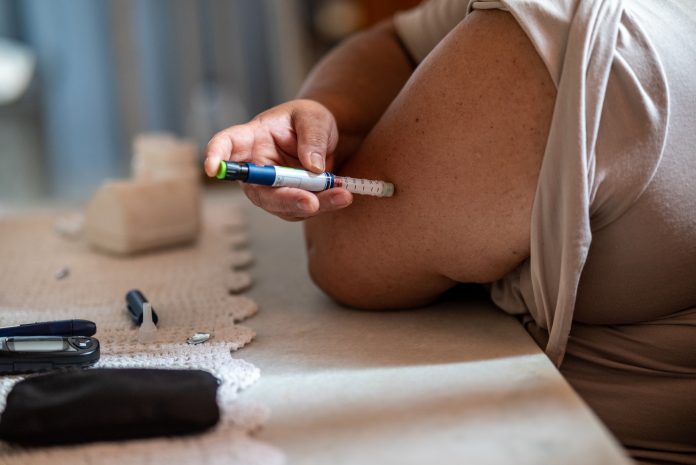Scientists have discovered a way to supply insulin to the body, which could benefit the lives of 425 million people worldwide battling with diabetes. What does the future hold for oral insulin delivery?
The research, recently published in Nature Nanotechnology, reveals a smart insulin system that eliminates the need for traditional syringes or insulin pumps.
Led by researchers from the University of Sydney, Sydney Local Health District, and UiT Norway’s Arctic University, the invention involves encapsulating insulin within tiny nano-carriers.
These tiny particles offer a promising solution for delivering insulin more accurately and effectively. By targeting specific areas, they can minimise the negative effects often seen with traditional injection methods.
Ensuring rapid insulin delivery
Professor Peter McCourt, a liver biologist at UiT Norway’s Arctic University, explains that this new method ensures rapid insulin delivery to specific areas of the body that need it most.
Traditional syringe injections spread insulin throughout the body, potentially causing unintended side effects. The nano-carriers, however, offer a more controlled release of insulin, minimising the risk of hypoglycemia, a common concern with existing injection methods.
Oral insulin delivery: A safer alternative
The key to this approach lies in a protective coating around the insulin that shields it from stomach acid and digestive enzymes. This coating ensures the safe passage of insulin through the digestive system until it reaches the liver.
Once in the liver, the coating is broken down by active enzymes only when blood sugar levels are high, releasing the insulin precisely where needed.
Nicholas J. Hunt at the University of Sydney, who led the project alongside Victoria Cogger, emphasises the practicality and patient-friendliness of this method. The new approach aligns more closely with how insulin functions in healthy individuals by reducing the risk of low blood sugar events and allowing controlled insulin release based on the patient’s needs.
Could this be more convenient for those with diabetes?
The benefits extend beyond precision and control. Unlike traditional insulin, which may lead to side effects such as hypoglycemia, weight gain, or fat accumulation in the liver, the new method promises fewer adverse effects. Oral insulin doesn’t require refrigeration, offering convenience to patients.
The creative insulin delivery system has undergone successful testing on nematodes, mice, rats, and even baboons at the National Baboon Colony in Australia. The oral insulin, incorporated into sugar-free chocolate to enhance palatability, effectively lowered blood sugar levels in baboons without inducing hypoglycemia or unwanted side effects.
When will this be available?
With these promising results, the researchers are gearing up for human trials, scheduled to commence in 2025. Endo Axiom Pty Ltd, will lead the three phases of clinical trials. The first phase will focus on assessing the safety of oral insulin and monitoring hypoglycemia incidence in healthy individuals and those with type 1 diabetes. The researchers are optimistic about replicating the successful outcomes observed in baboons during the human trials.
If successful, this revolutionary smart insulin could be ready for widespread use within the next 2-3 years, offering hope for a more discreet, convenient, and effective way to manage diabetes without the need for daily injections.











